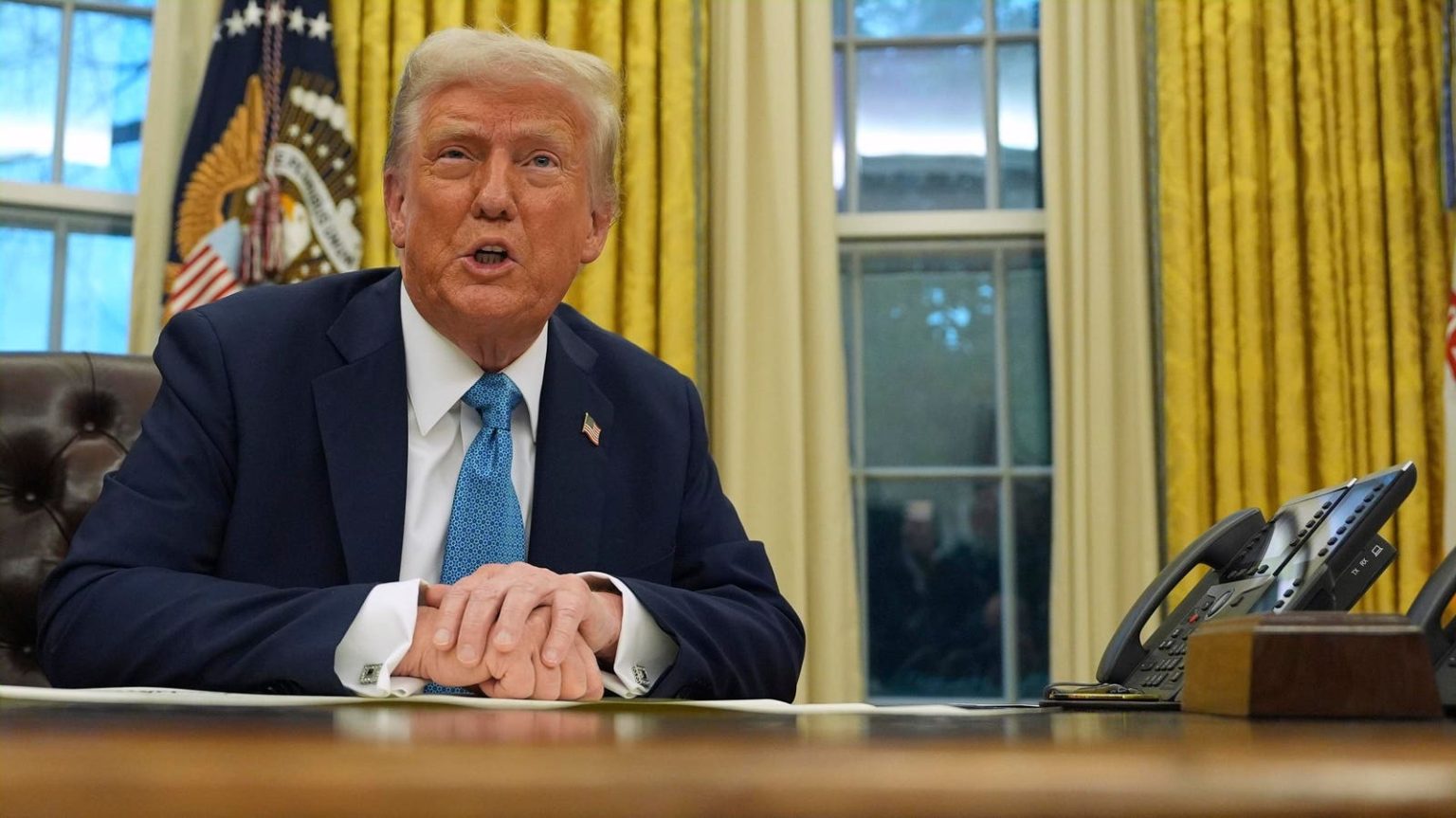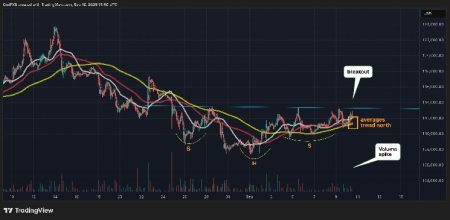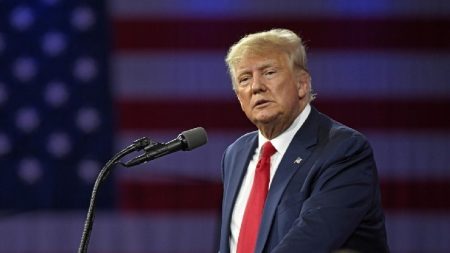Trump’s Tariff Tempest: A Trade War Reignited
Former President Donald Trump’s decision to impose sweeping tariffs on goods from Canada, Mexico, and China has ignited a firestorm of criticism and retaliatory measures, raising concerns about the potential impact on American consumers and the global economy. Trump defended his actions, asserting that any resulting "pain" would be justified in the pursuit of "making America great again," echoing his previous campaign rhetoric. He insisted the tariffs are a necessary tool to hold these countries accountable for issues like illegal immigration and the flow of fentanyl into the United States. This move, however, flies in the face of widespread condemnation from business groups, economists, and international leaders who warn of increased prices, disrupted supply chains, and potential economic downturn.
The timeline of events unfolded rapidly. Trump announced the tariffs on February 1st, targeting Canada and Mexico with a 25% levy on imported goods (with a 10% tariff on Canadian energy) and China with an additional 10% tariff. The immediate response was a wave of retaliatory tariffs from both Canada and Mexico, while China announced its intention to file a lawsuit with the World Trade Organization and implement countermeasures. Canadian officials expressed bewilderment and confusion at Trump’s decision, emphasizing their ongoing efforts to cooperate with the U.S. and their resolve to retaliate against the tariffs. Several Canadian provinces, including Ontario, Nova Scotia, and British Columbia, took swift action by removing or banning American alcohol from their liquor stores and distribution networks.
Trump remained defiant in the face of this backlash, doubling down on his position through social media. He argued that American-made products are exempt from tariffs, encouraging domestic production and proclaiming that the U.S. is “now being run with common sense.” This rhetoric, however, overlooks the complex interconnectedness of global supply chains and the potential for domestic price increases even on American-made goods due to reduced competition and increased costs for components. He further stoked controversy by suggesting that Canada become the 51st state, a proposition that was met with immediate and strong rejection by Canadian officials.
The economic implications of Trump’s tariffs are a major point of concern. The Tax Foundation projected that these tariffs could cost each U.S. household over $830 in additional taxes by 2025, shrink the U.S. economy by 0.4%, and increase overall U.S. taxes by $1.2 trillion over the next decade. Economists have consistently warned that such tariffs will lead to higher prices for American consumers. Importers pay the tariffs upfront, increasing their costs, which are then passed on to consumers. Furthermore, domestic producers may also raise their prices, capitalizing on reduced competition from imported goods. This inflationary pressure, coupled with potential disruptions to supply chains, poses a significant threat to economic stability.
The business community has also voiced strong opposition to the tariffs. Major organizations like the U.S. Chamber of Commerce and the National Association of Manufacturers criticized the move, predicting severe ripple effects, higher prices for consumers, and job losses. Corporate leaders echoed these concerns, acknowledging the potential for price hikes on consumer goods due to the tariffs. These warnings underscore the widespread apprehension within the business community about the negative economic consequences of Trump’s trade policies.
Trump’s tariff strategy represents a continuation of his long-held protectionist stance, despite consistent criticism from economists and business leaders. His first term saw the imposition of tariffs on Chinese goods, leading to a trade war before a trade agreement was reached in 2019. His renewed push for tariffs, with the threat of extending them universally, raises the specter of further trade disputes and economic uncertainty. While the full impact of these tariffs remains to be seen, the immediate reactions and economic projections paint a bleak picture of potential consequences for consumers, businesses, and the global trading system. The escalating tensions and retaliatory measures underscore the fragility of international trade relationships and the potential for significant economic disruption in the wake of protectionist policies.















